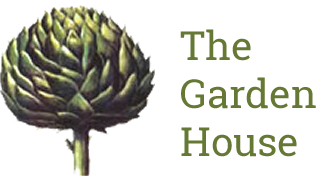Whether or not to Chelsea chop!
Posted:27 May 2012
It’s scary and not without failures, but many people swear by it the so-called Chelsea chop is a pruning method by which you can limit the size and control the flowering season of many herbaceous plants. It is usually carried out at the end of May, roughly coinciding with the RHS Chelsea Flower Show.
Done at the right time and on the most appropriate plants this will give you stronger, bushier and less leggy plants as the season evolves. It helps plants that might otherwise collapse outwards when the heads get over heavy (often a problem with the taller sedums), and helps save the need for too much staking keeping your borders more defined and controlled.
Suitable plants for the Chelsea chop:
- Anthemis tinctoria
- Asters
- Campanula lactiflora
- Echinacea purpurea
- Helenium
- Nepeta
- Phlox paniculata
- Rudbeckia
- Sedum (upright, strong-growing forms such as Herbstfreude)
- Solidago
- And many others
The degree of cutting back is specific to each species but the closer to flowering time you prune, the greater the delay in flowering. This method can also encourage plants to flower more prolifically but do be careful which plants you choose to prune at this time, get it wrong and you risk the plant not flowering this year at all.
Method (RHS website):
- Clumps of perennials can be literally be chopped back by one third to a half using shears or secateurs. This will delay the flowering until later in the summer and keep plants shorter and more compact
- If you have several clumps of one plant, try cutting back a few, but leaving others. This will prolong the overall flowering time
- Another method is to cut half the stems back at the front of the clump which will extend the season of flowering rather than delay it
Pep up the pruned plants with a little general fertiliser and a good drink of water.
Many early flowering plants benefit from a light shearing over AFTER flowering – for example aubrieta, achilleas, aconitums, alyssum, delphiniums, lavender, oriental poppies, Salvia nemorosa and many more this method combines deadheading with light pruning. It will prevent leggy growth, keep plants compact and produce an abundance of flowers the following year – it may even produce a second late flush later in the year.
So why not proceed with caution and give it a go!

